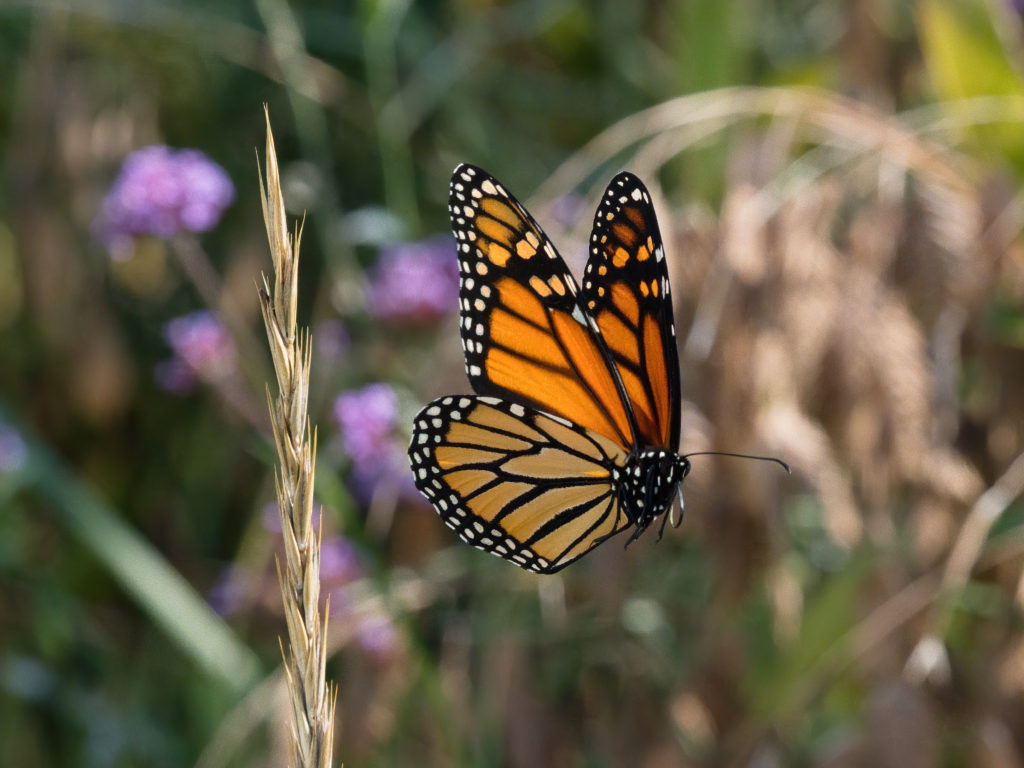
Among the many animals S. N. C aims to save is the monarch butterfly. In this post, we’ll give you some welcome info to help you make the choice to donate to save these amazing animals.
Appearance
The monarch butterfly is a very conspicuous creature-at least to humans, it is. They are easily recognizable by their orange-and-black wings. Their wingspan is about 4 inches long, and their bright colors warn other predators that the butterfly doesn’t taste good to eat. As a caterpillar, monarch butterflies have black, white, and yellow-green vertical stripes.

You’ve probably heard that monarch butterflies like milkweed. Why do they like milkweed? Well, it’s simple: that’s where females lay their eggs. Those eggs hatch into caterpillars, which become cocoons, which…you know.
Not convinced? Here’s some fun facts to let you know how incredible these creatures are.
- In 2009, monarch butterflies were born on the International Space Station!
- In 1997, there were over 1.2 million monarch butterflies west of the Rocky Mountains. By 2013, there were less than 300,000.
- Monarch butterflies can see ultraviolet colors!
- If you see a monarch butterfly in the United Kingdom, it probably didn’t mean to end up there.
- Other than milkweed, monarch butterflies get food from wild carrots, lilac, alfalfa, and goldenrod.
I – and all the other members of the SNC team – hope that you have learned something new about monarch butterflies and you will donate to them. Here’s a helpful link if you want to donate.
https://www.worldwildlife.org/
From all of us at SNC, stay green!
-LeafDolphin12 S
